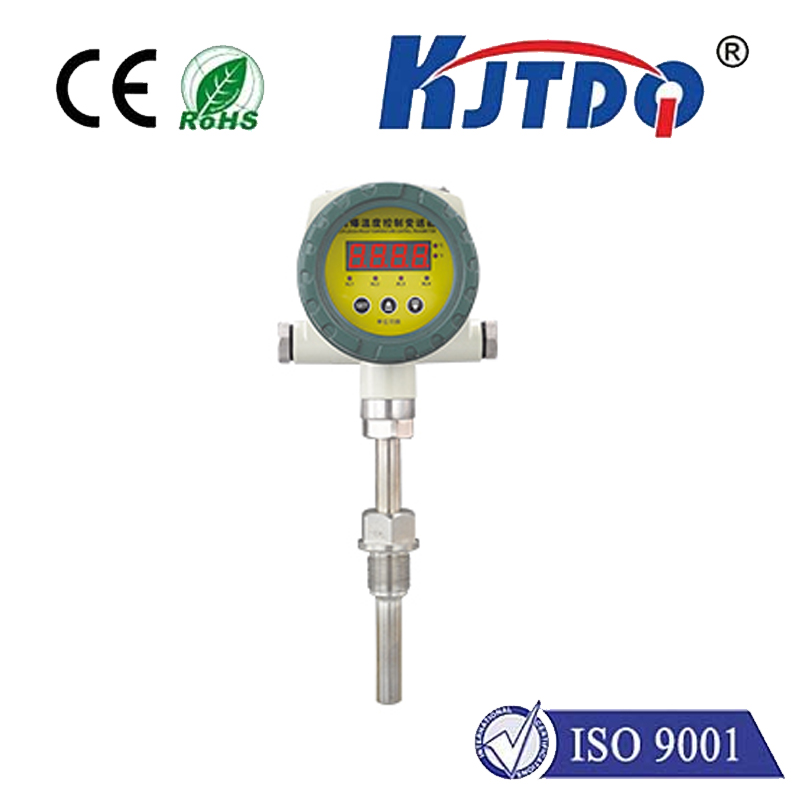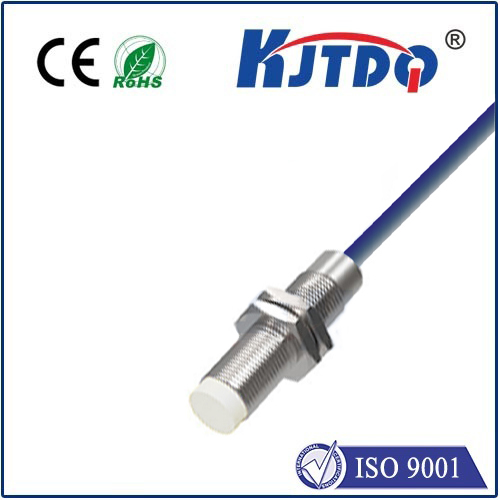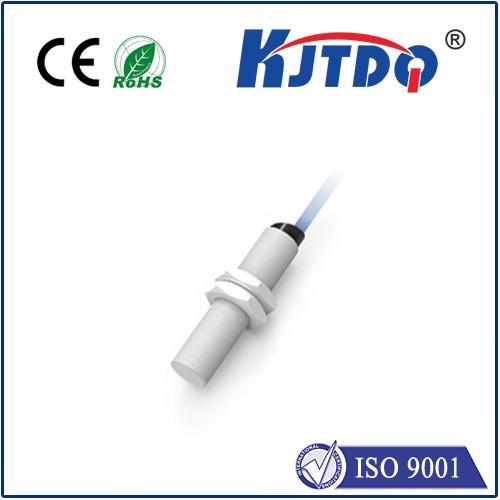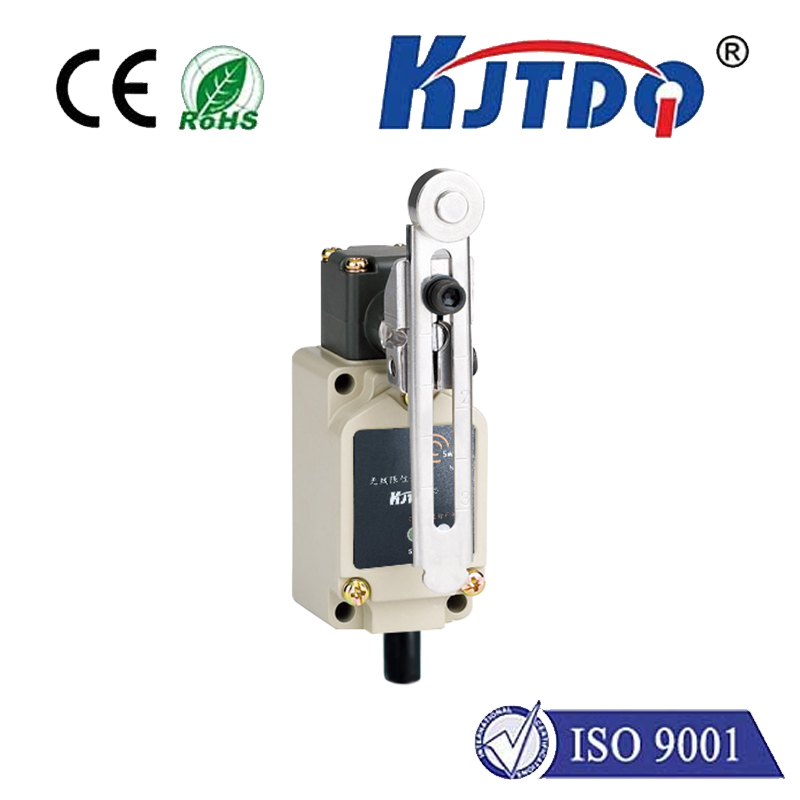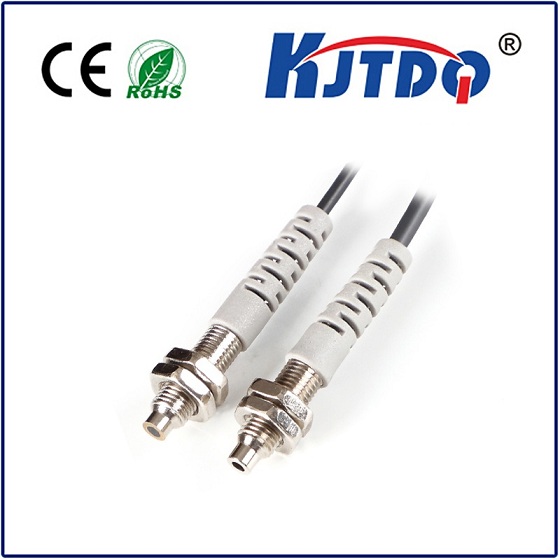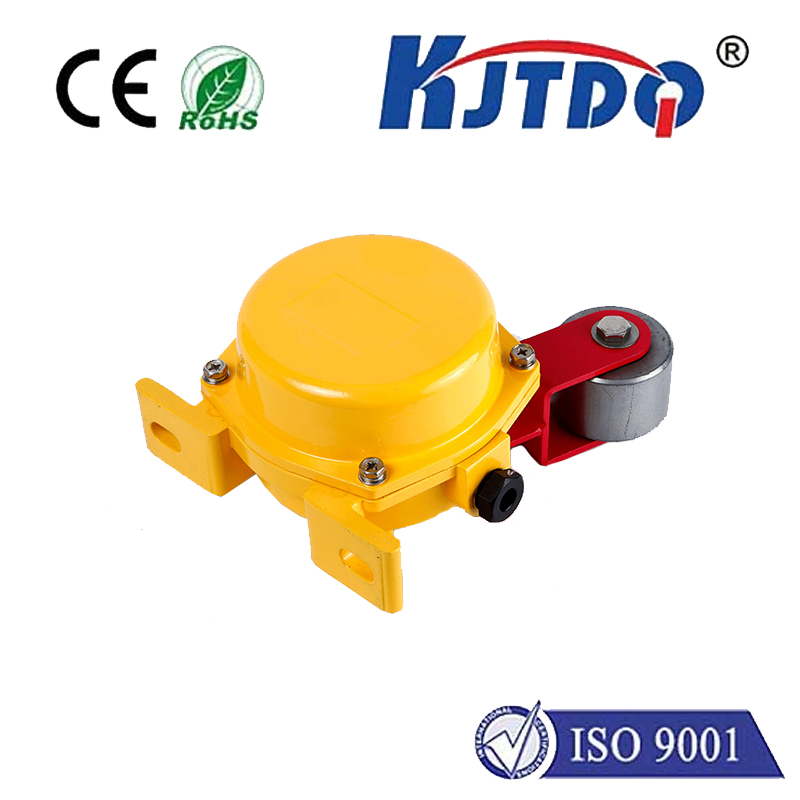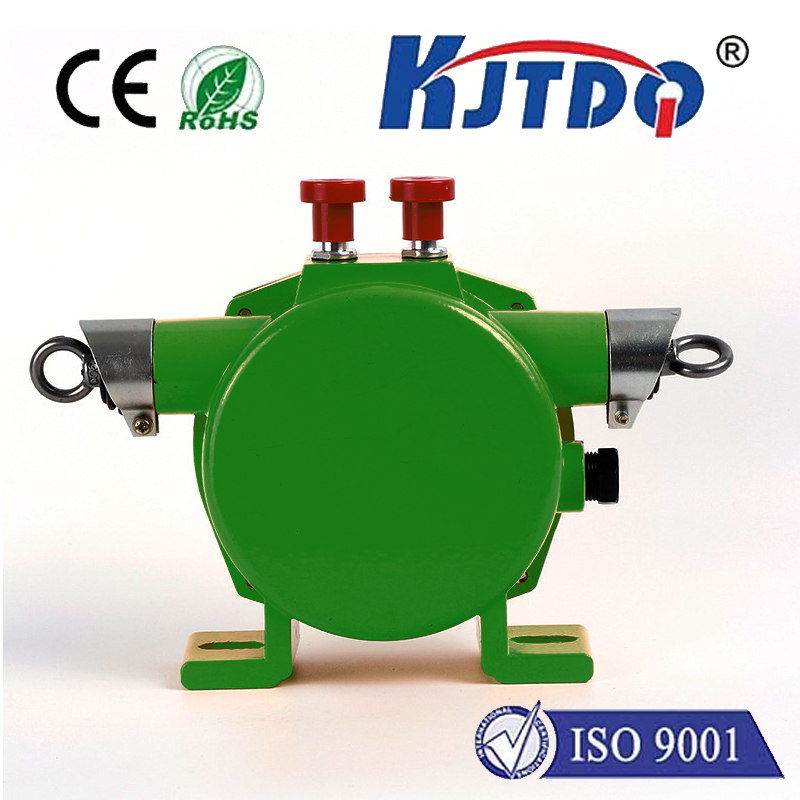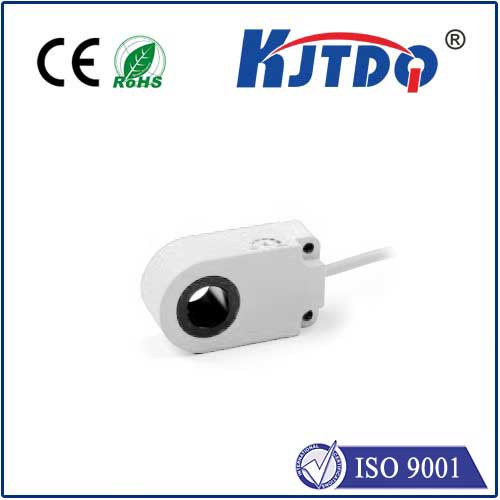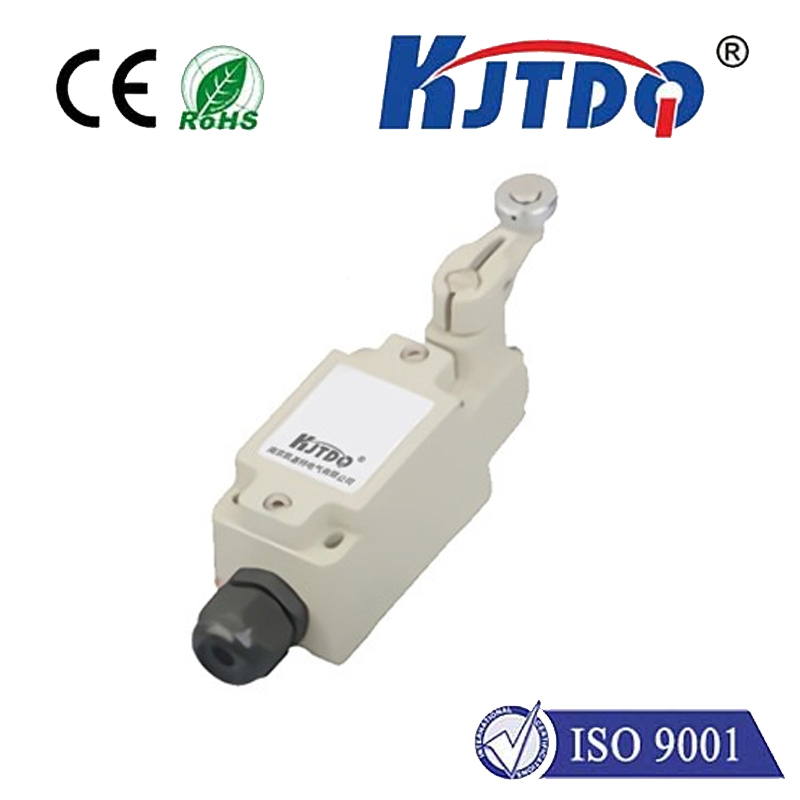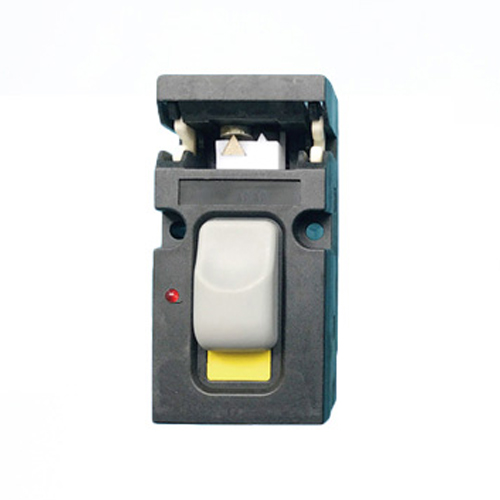proxy meter sensor
- time:2025-07-16 08:31:03
- Click:0
Master the Art of Indirect Measurement: The Rise of the Proxy Meter Sensor
In the intricate world of industrial processes, utility management, and environmental monitoring, sometimes the most direct measurement is either impossible, impractical, or prohibitively expensive. Imagine needing to pinpoint the exact flow rate of a highly corrosive acid inside a sealed pipeline or determining the energy consumption of a specific machine embedded within a complex assembly line. This is where the ingenious concept of a proxy meter sensor comes into play – a silent detective, gathering clues to reveal valuable insights without needing direct access to the source itself.
Understanding the Proxy Meter Sensor Concept
A proxy meter sensor isn’t a single, specific device like a pressure gauge or thermometer. Instead, it represents a powerful methodology. It involves using a secondary, measurable parameter – the “proxy” – that reliably correlates with the primary variable of interest you actually want to monitor. The sensor measures this proxy variable, and through sophisticated algorithms, modeling, or calibration, the primary value is derived.
Think of it like estimating the temperature inside an oven by measuring the temperature of its outer shell. While not identical, the shell temperature (the proxy) provides a reliable indication of the internal heat (the desired measurement), especially if the relationship is well-understood. The core principle is leveraging accessible data to infer inaccessible or difficult-to-measure information.
Why Choose Proxy Sensing? Real-World Applications
The application of proxy meter sensing spans diverse industries, driven by its ability to overcome significant challenges:
- Harsh Environments: Measuring flow, pressure, or composition directly within extremely hot, cold, corrosive, high-pressure, or radioactive environments can destroy conventional sensors. A proxy sensor placed in a more benign adjacent location (e.g., measuring pipe skin temperature or vibration near a pump) can provide a reliable estimate of the internal conditions.
- Cost and Complexity Reduction: Installing dedicated, invasive sensors (like flow meters requiring pipe cutting) can be disruptive and costly. Proxy methods often utilize simpler, non-invasive sensors (e.g., ultrasonic transducers, clamp-on temperature probes, power monitors) or leverage existing data points (motor current, pump speed) significantly lowering deployment time and expenses.
- Submetering and Granularity: In large facilities or multi-tenant buildings, accurately allocating energy or water costs to specific departments or processes is difficult without submeters. Proxy energy meters using branch circuit monitoring (measuring electrical parameters at distribution panels) or estimating water usage based on correlated parameters like valve open time or pump activity provide cost-effective submetering solutions.
- Predictive Maintenance: Vibration analysis (a proxy) can predict bearing wear in a motor long before it fails. Thermography (measuring surface heat as a proxy) can identify overheating electrical connections. Proxy meter sensors are crucial enablers of proactive maintenance strategies.
- Environmental Monitoring: Estimating soil moisture based on weather data and satellite imagery proxies. Gauging air pollution dispersion using wind speed and direction proxies measured at ground stations.
How Proxy Meter Sensors Function: Technology at Work
Implementing a successful proxy meter sensor solution relies on several key components working in concert:
- The Sensor(s): These are the physical devices measuring the proxy variable(s). This could be:
- Temperature sensors (thermocouples, RTDs, IR cameras)
- Vibration sensors (accelerometers)
- Acoustic sensors (microphones, ultrasonic transducers)
- Electrical sensors (CTs, voltage sensors, power monitors)
- Pressure sensors (strain gauges, piezoelectrics - sometimes used as the proxy itself)
- Optical sensors (including cameras for visual inference)
- The Correlation Model: This is the “brain” of the operation. It’s the established relationship – often developed through historical data analysis, machine learning algorithms, or physical models – that links the measured proxy variable(s) to the target parameter. The accuracy and robustness of this model are paramount to the entire system’s success. Calibration against direct measurements (when possible) is usually essential.
- Data Acquisition & Processing Unit: This hardware collects the raw sensor data. Edge computing capabilities are increasingly common here, allowing for real-time data processing and inference directly at the source, reducing latency and bandwidth needs.
- Communication Interface: Transmits processed data (the inferred measurement) to a central monitoring system, SCADA network, or cloud platform for visualization, analysis, and action.
- Software Platform: Provides the interface for users, handles model execution, stores historical data, generates reports, and can trigger alerts based on the inferred values.
Key Benefits of Implementing Proxy Meter Sensor Solutions
The strategic adoption of proxy sensing technology delivers compelling advantages:
- Reduced Installation & Maintenance Costs: Avoids the high expense and downtime associated with invasive sensor installation and replacement in difficult locations. Non-contact or clamp-on sensors are often simpler and cheaper to maintain.
- Enhanced Safety: Minimizes or eliminates the need for personnel to access hazardous areas for sensor installation or calibration. This is a critical driver in industries like chemical processing, oil & gas, and power generation.
- Increased Deployment Feasibility: Makes monitoring possible where direct metering was previously unviable due to physical constraints, cost, or technical limitations.
- Improved Operational Insight: Provides valuable data points that were previously missing, leading to better process understanding, optimization opportunities, and resource allocation.
- Scalability: Proxy solutions, especially those leveraging wireless sensors and cloud analytics, can be scaled relatively easily across large facilities or geographically dispersed assets.
- Predictive Capabilities: Enables the shift from reactive breakdowns to predictive maintenance models, saving significant costs.
Implementing a Proxy Strategy: Key Considerations
While powerful, proxy meter sensor systems are not universal magic bullets. Success hinges on careful planning:
- Define the Target & Accuracy Requirement: What exactly do you need to know (flow rate, energy consumption, component health)? How precise does the measurement need to be? Clarity here guides the entire selection process.
- Identify Robust Proxies: Thoroughly analyze which measurable parameters reliably correlate with the target variable. This often requires engineering expertise, historical data analysis, or initial trials. Avoid proxies with weak or unstable correlations.
- Model Development & Validation: Building an accurate correlation model is crucial. Utilize relevant data science techniques and rigorously validate the model against known direct measurements whenever possible. The model must account for different operating conditions.
- Sensor Selection & Placement: Choose sensors with appropriate range, accuracy, and durability for the proxy measurement environment. Placement location is critical to capturing a valid signal. Environmental factors affecting the sensor (ambient temperature, EMI) must be considered.
- Calibration & Ongoing Verification: Even the best models can drift. Establish a plan for periodic calibration checks against direct measurements (if feasible) or cross-validation against other reliable data sources. Continuous monitoring of model performance is essential.
The Future of Indirect Insight
Proxy meter sensor technology is rapidly evolving, fueled by advancements in sensor miniaturization, machine learning algorithms for model building, wireless communication (like LoRaWAN and NB-IoT), and edge computing power. This convergence makes proxy-based monitoring increasingly accessible, affordable, and intelligent. As industries strive for greater efficiency, safety, and sustainability, the ability to unlock hidden insights through indirect measurement provided by sophisticated proxy sensors will become not just advantageous, but indispensable. The silent detectives are getting smarter, providing clearer pictures of the processes we need to understand and control.











